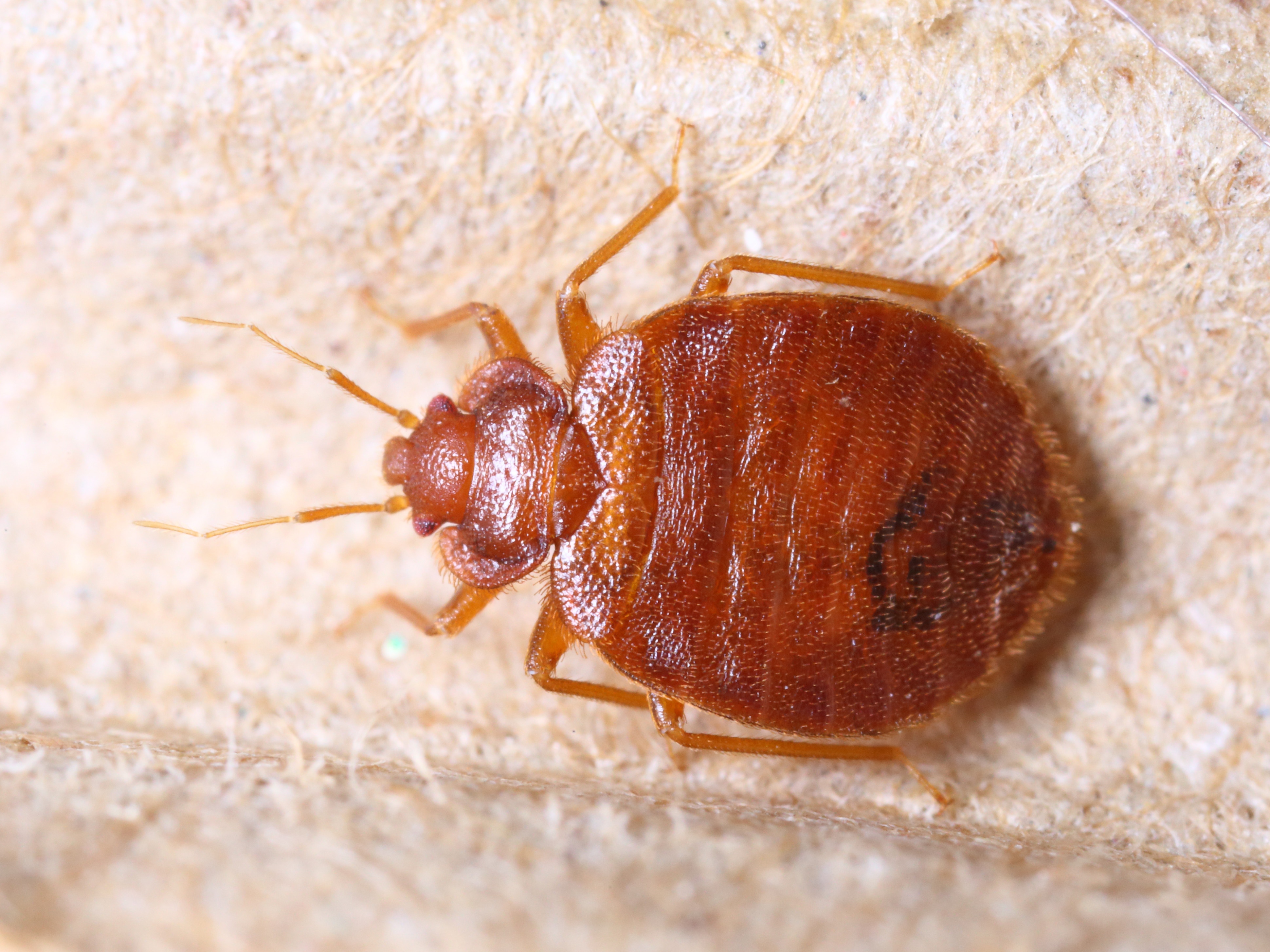Vacuuming, Pyrethrins, and heat treatments are available. To help you decide, read on for more information. You might also be interested in these additional tips and tricks for controlling bed bugs. Finally, if you notice a noticeable difference in your house, you may consider hiring professional pest control services. After all, bed bugs are not the only pests you can face!

Vacuuming
While vacuuming for bed bug pest control can be effective, it can also be challenging to remove the insects. For example, a vacuum cannot remove the bugs themselves or their eggs from deep cracks or creases. Ideally, it would help if you vacuumed before bed bugs disturbed their sleeping quarters. Listed below are some tips for vacuuming for bed bug pest control. If you’re not sure whether vacuuming is an effective method for your home, read on to learn more.
First, you should be aware that bed bugs can survive in a vacuum for up to 6 months without any food or water. If they can stay in a vacuum, they will crawl out and find a host to feed on. So it would help if you use caution when vacuuming for bed bug pest control. Also, ensure that the vacuum you’re using is specially made for this purpose. It would help if you also wrapped a piece of tape around the nozzle to keep bugs from coming out.
Desiccants
Insecticides and insecticidal dust have varying effects on bed bugs. They work by eliminating their preferred harborage sites and preventing the bugs from migrating to adjacent dwellings in a multi-occupancy building. But the best desiccants for bed bug pest control are those that do not harm the bedbugs themselves. To kill bed bugs effectively, use the appropriate desiccants for each bug species.
A popular option for bed bug pest control is silica gel. This material actively pulls moisture from objects and destroys the waxy outer shell. Unlike diatomaceous earth, silica gel is highly absorbent and speeds up drying. This product effectively prevents the spread of bed bugs, but it should only be used in conjunction with a heat treatment to maximize the effectiveness of desiccants for bed bug pest control.
Pyrethrins
Insecticides of the pyrethroid class have been a mainstay of bedbug pest control for many years. While these compounds are effective and inexpensive, the risk of cross-resistance to pyrethrins has increased. Recent advances in insect genomics and post-genomic technologies have enabled the analysis of genes responsible for resistance to pyrethroids. Transcriptome analysis of bedbug populations revealed molecular markers of resistance to pyrethroids.
However, many people have reported allergic reactions and other side effects after using pyrethrins for bed bug pest control. Some people have even reported experiencing asthma symptoms and difficulty breathing after exposure to pyrethrins. Although research has not proven that exposure to pyrethrins causes allergic reactions or asthma, this is still something to consider before applying these products to your home.
Heat treatments
Heat treatment is a type of treatment that uses heat to kill bedbugs. Because these insects can move very fast, they will flee to hidden spots like walls or furniture. Heat treatments effectively raise the temperature in hiding areas up to 120 degrees Fahrenheit, which is hot enough to kill these pests. They also eliminate any bedbugs that may be resistant to other forms of pesticides. Heat treatments are not the best option for all homes, however. Ensure that heat treatment is performed by pest control services if possible.
Heat treatments for bed bug pest control are not always effective, as some suppliers use inaccurate methods of calculating how much heat is required. The temperature of the general air is not relevant to killing bed bugs because they live undercover and in insulated areas. Heat treatment suppliers calculate how much heat is needed by calculating the mass of infested items, the heat capacity, and the temperature change. These measurements give them a better idea of the amount of energy required to kill these bugs. Heat treatment suppliers have their own methods of measuring heat treatment, including their prices and equipment.
Freezing
Freezing bed bug pest control is an excellent way to kill off this pesky creature. But unfortunately, they are tiny and difficult to notice – they can be hidden in the baseboards, nightstands, or picture frames. Hence, freezing your bedding isn’t a guaranteed solution. But, if your bed bug infestation has gotten out of hand, freezing your bedding might be just what you need to get rid of them for good.
For this method, you will need a chest-style freezer and a large container to hold the items you’d like to freeze. Make sure not to place anything in your freezer that contains liquid, like clothes, books, or framed pictures. If you don’t have a chest-style freezer, use a plastic bag to place these items inside the freezer. You can freeze the contents of these containers for four days.